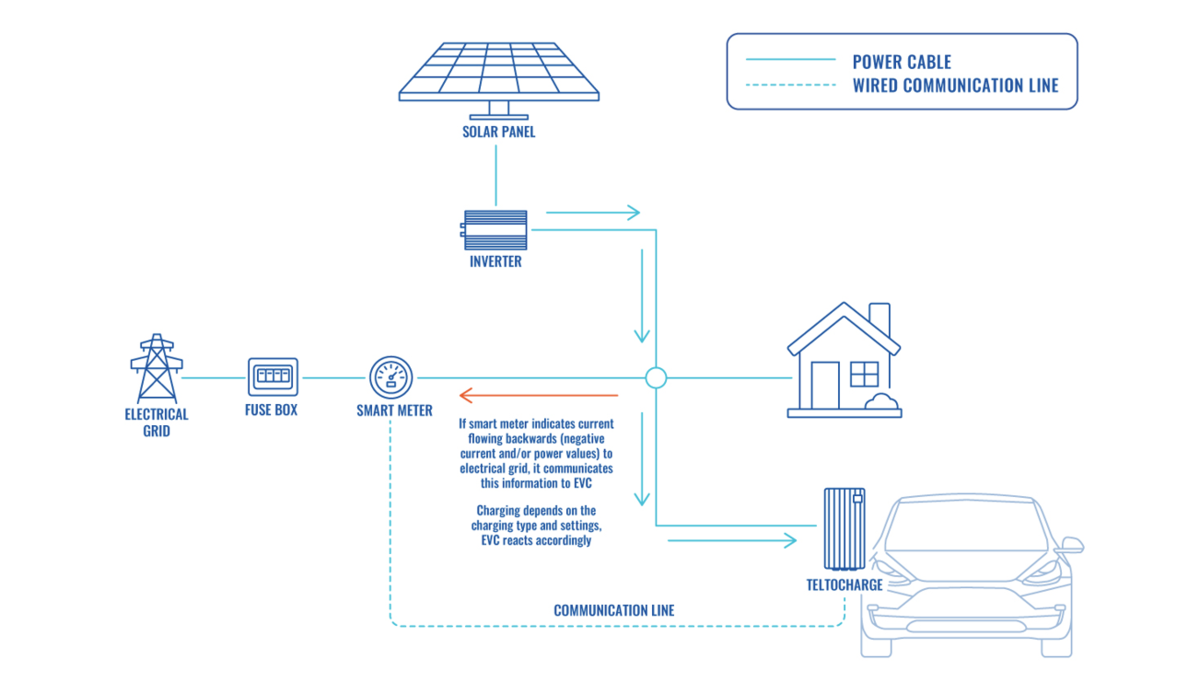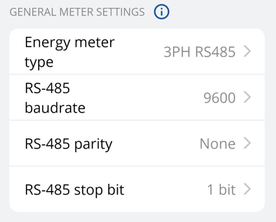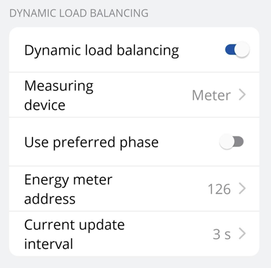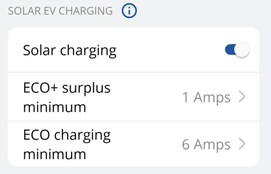Solar integration
From Wiki
Main Page > TeltoCharge > Advanced Topics > Solar integration
Solar overview
-
Solar integration with electric vehicle (EV) charging stations is an innovative and sustainable approach that combines solar power generation with the charging infrastructure for electric vehicles. Couple examples why this integration is important:
- Solar-integrated TeltoCharge can be connected to the local electrical grid, allowing it to draw power from the grid when solar energy production is insufficient or when there is a high demand for charging. This ensures uninterrupted charging availability for EV owners.
- Solar Power Offset: When solar panels produce excess electricity that is not immediately consumed by TeltoCharge, it can be fed back into the electrical grid. This process, known as net metering or feed-in tariff, allows the solar system owner to earn credits or receive compensation for the surplus energy supplied.
- To ensure proper solar integration functionality, it is essential to begin with the correct physical installation. This involves having a smart energy meter installed in the electric circuit that possesses the necessary communication functionality and is included in the energy meter whitelist. The meter plays a crucial role in detecting negative current flow, indicating when energy consumption is lower than solar generation, and feeding it back into the electrical grid. For effective communication, the charger must be interconnected with the meter.
- When the meter detects surplus energy, it relays this information to the charger. Based on the charger's internal configurations, it will determine whether to initiate the charging process or not. It is important to note that this process depends on the specific configurations set within the charger.
- More information about smart meter set-up can be found here
- Energy meter type: You need to select the type of smart meter (1-phase/3-phase). Please note that you can use a 1-phase charger even if the meter is 3-phase.
- RS-485 baud rate: This information can be found in the meter settings accessible through the meter display. If the client cannot locate it, it is recommended to refer to the smart meter manual.
- RS-485 parity/stop bit: Similarly, this information can also be found in the meter settings. If the client is unable to find it, it is advisable to check the smart meter manual.
- Measuring device: The meter should be selected. For UK chargers, it is possible to choose CT clamps.
- Energy meter address: This information can be found in the meter settings accessed through the meter display. If the address cannot be located, it is recommended to consult the smart meter manual.
- Current update interval: By default, it is set to 3 seconds. However, there may be cases where the user needs to increase this value. For instance, if there are significant distances between the chargers and the smart meter or if there are numerous interconnected chargers.
- ECO+ surplus minimum - This setting requires the minimum value of surplus solar energy to be reached in order to initiate a charging session. If the minimum value of surplus energy is not achieved, the charger will remain in "On hold" mode, awaiting additional surplus energy.
- ECO charging minimum - This setting specifies the minimum value required to commence the charging process.
- Solar only charging profile - In this profile, the charging process is initiated solely using green energy. The minimum required value is 6 Amps. If there is less surplus energy available than 6 A, the charger will remain in "On hold" mode.
- ECO+ charging profile - In this profile, the charging process is initiated using a combination of solar energy and grid energy. The user sets the ECO+ surplus minimum value, which determines the minimum surplus energy required to start the charging process. If the set value is less than 6A, the difference in current will be supplemented with grid power.
- ECO charging profile - In this profile, the charging process is initiated using maximum available solar energy in combination with grid energy. The user sets the ECO charging minimum value, which determines the minimum charging current. This charging current is first covered by the maximum solar energy available and then supplemented with grid energy.
Physical installation

Solar configuration
-
Once the charger is properly connected to the electrical grid and interconnected with energy meter, the next step is to configure the settings using the Teltonika Energy app. Below, you will find a comprehensive list of the settings that should be adjusted to achieve DLM functionality.
General meter settings
If you want to enable solar functionality, it is important to correctly configure the general meter settings and dynamic load balancing settings
Dynamic Load Balancing
Solar EV charging
Charging modes
-
With TeltoCharger chargers, you can achieve three different solar charging modes, each offering unique benefits for various situations:


